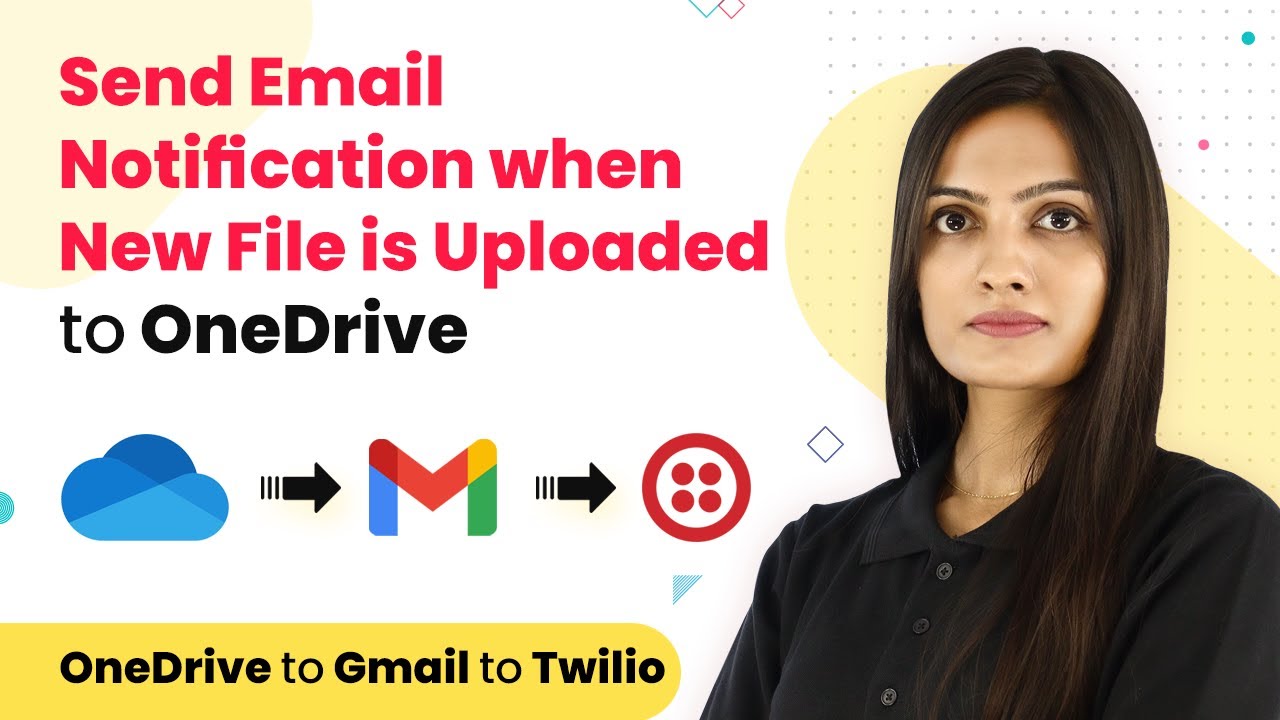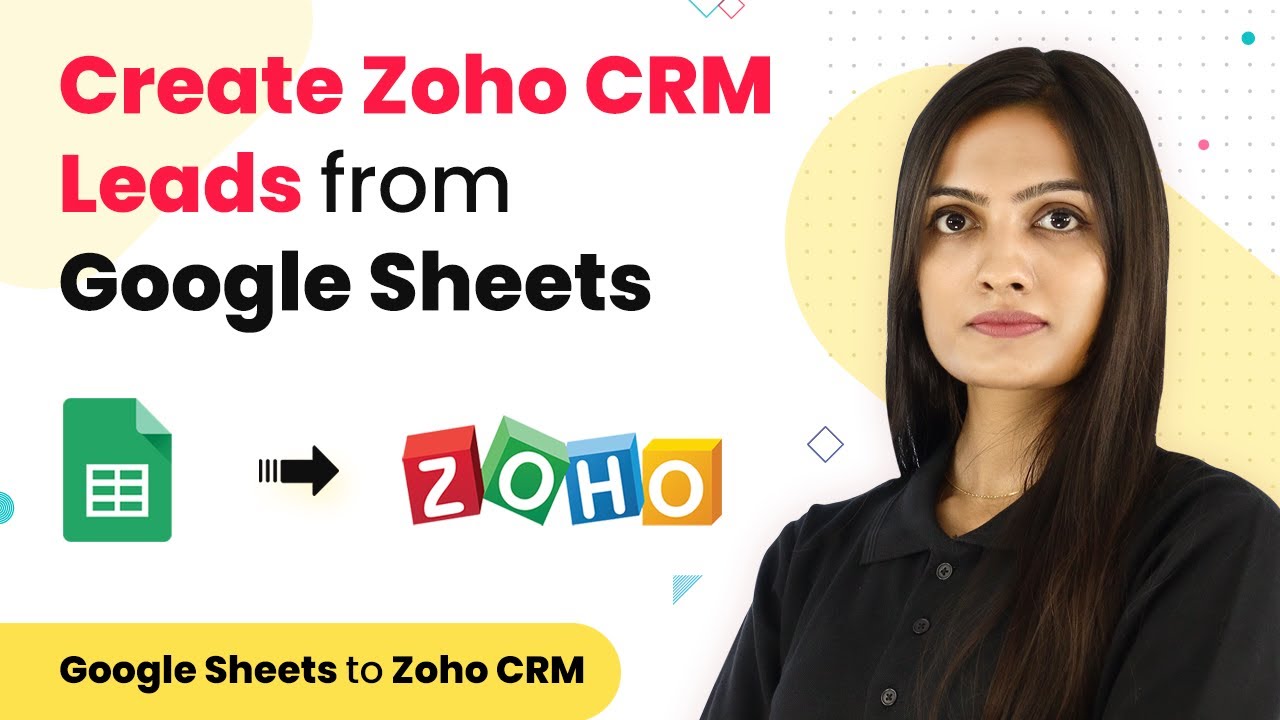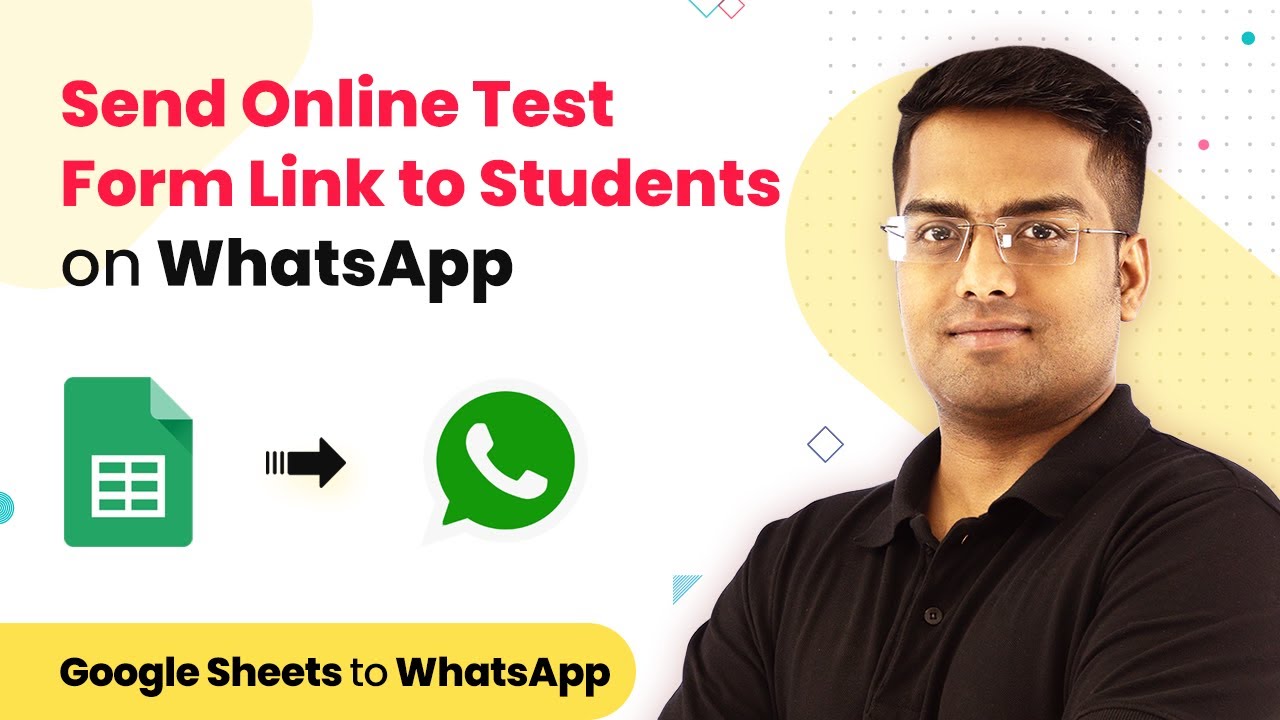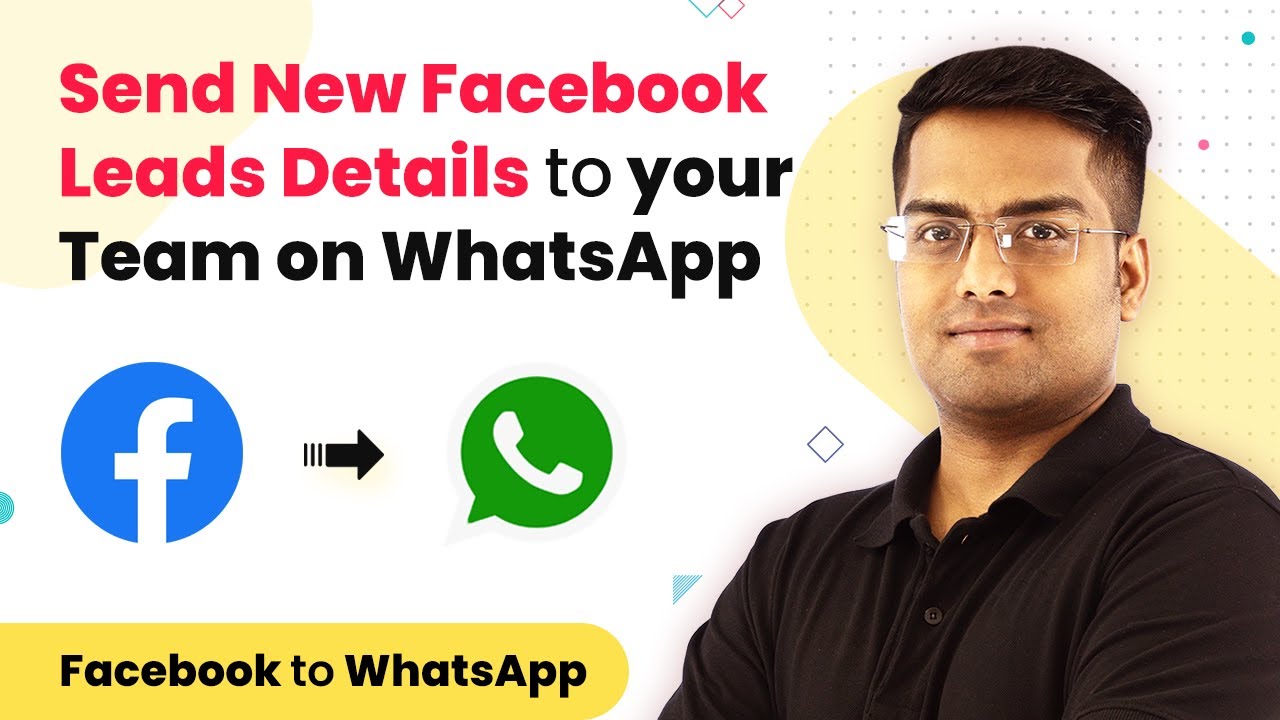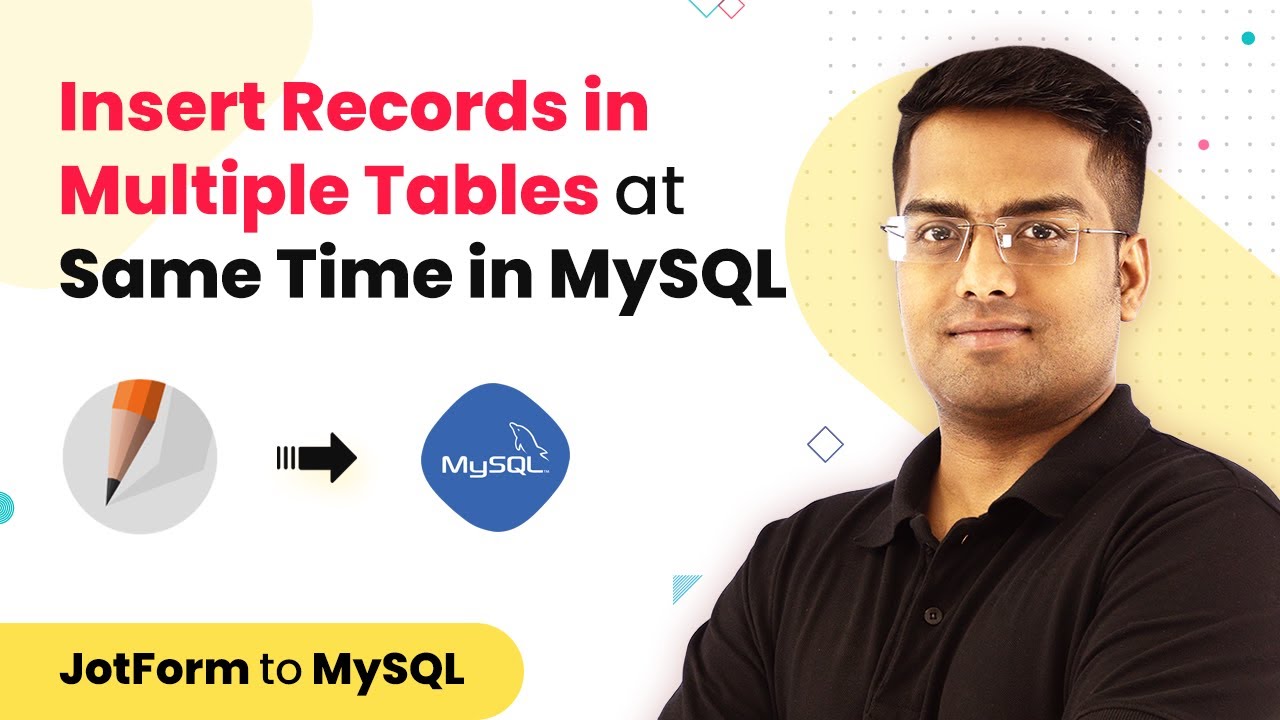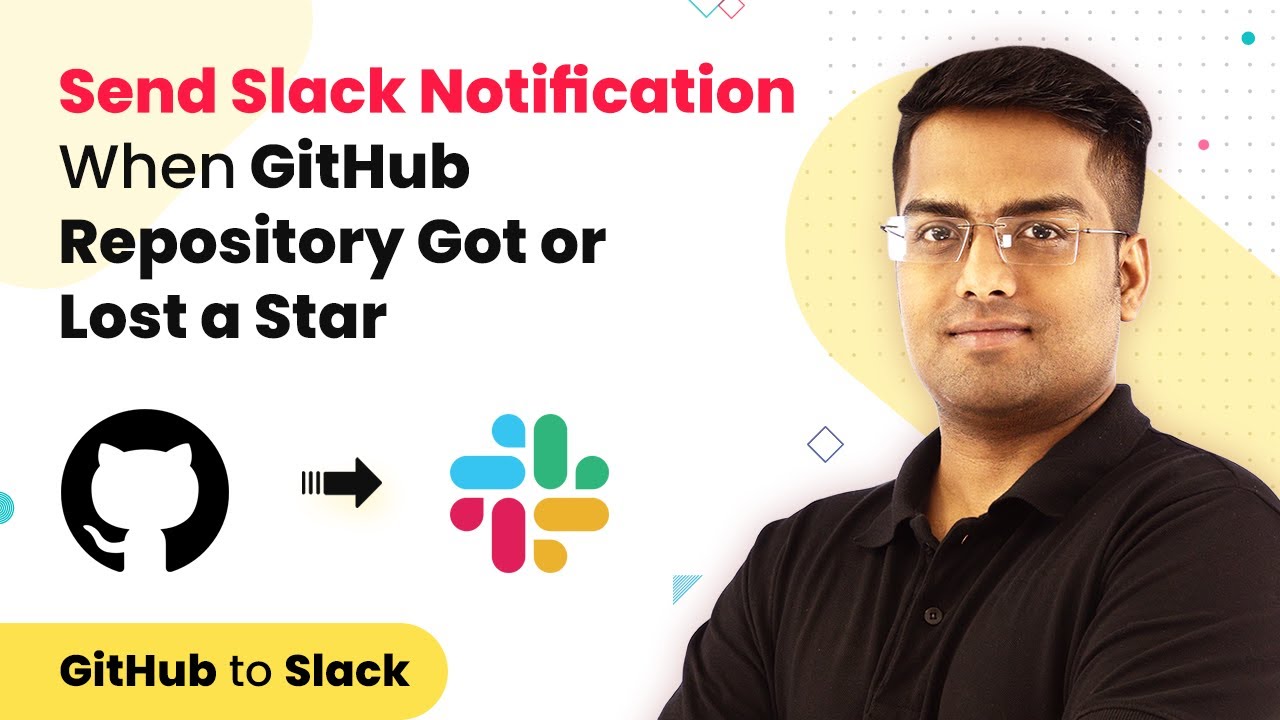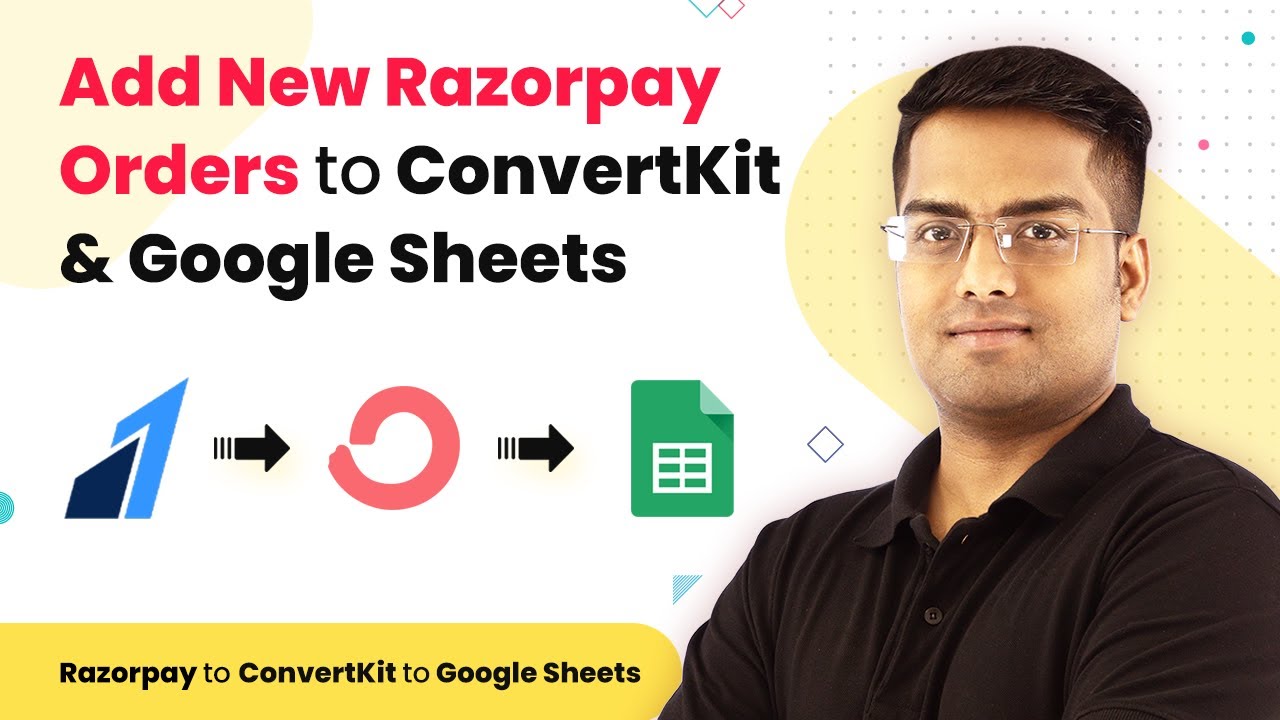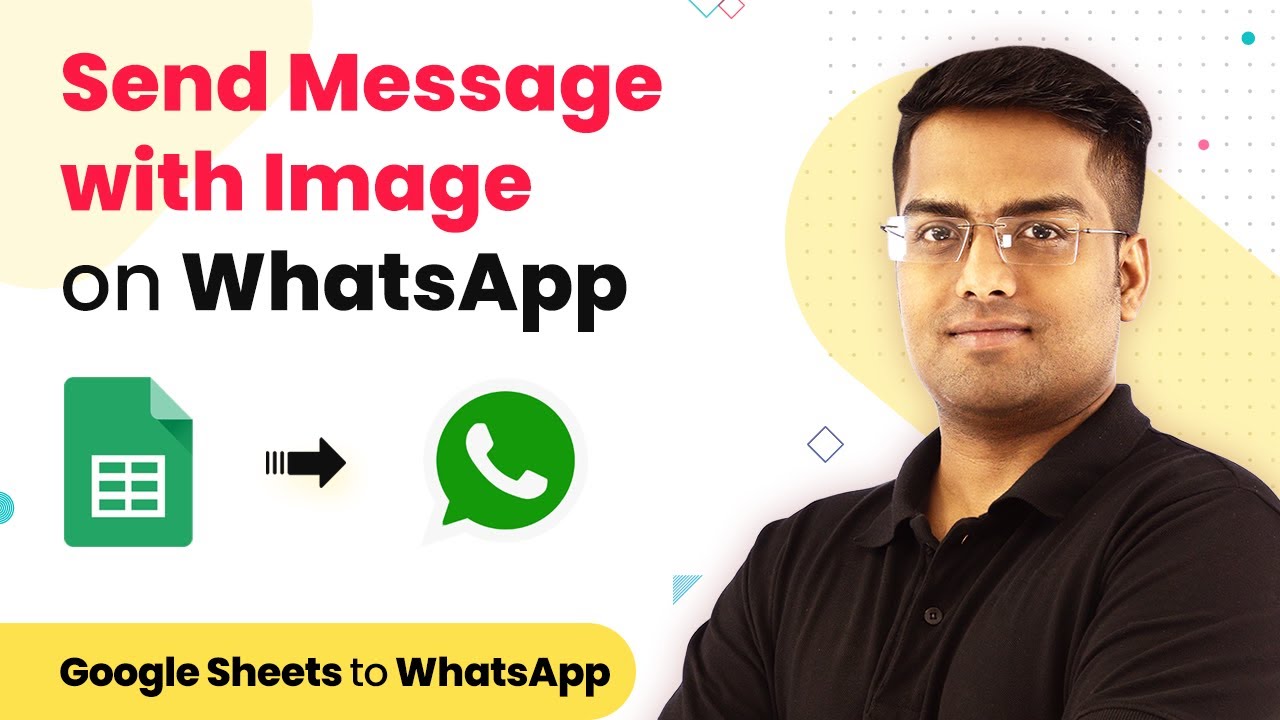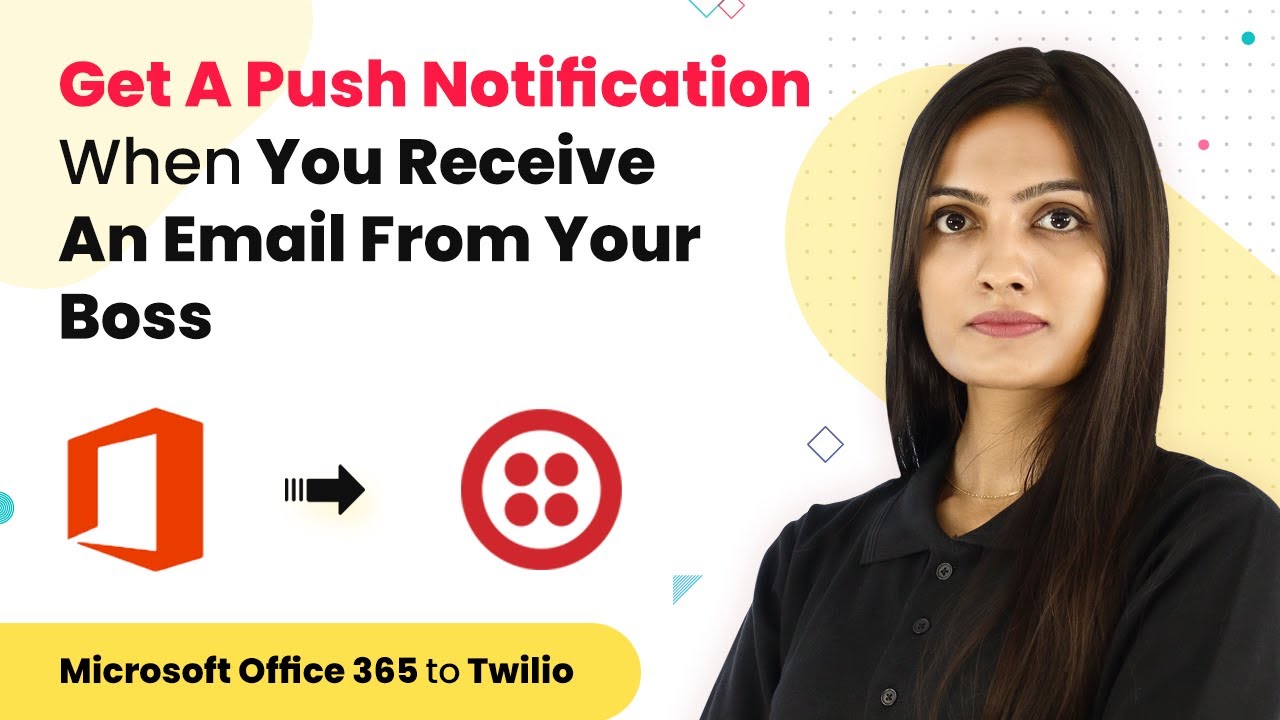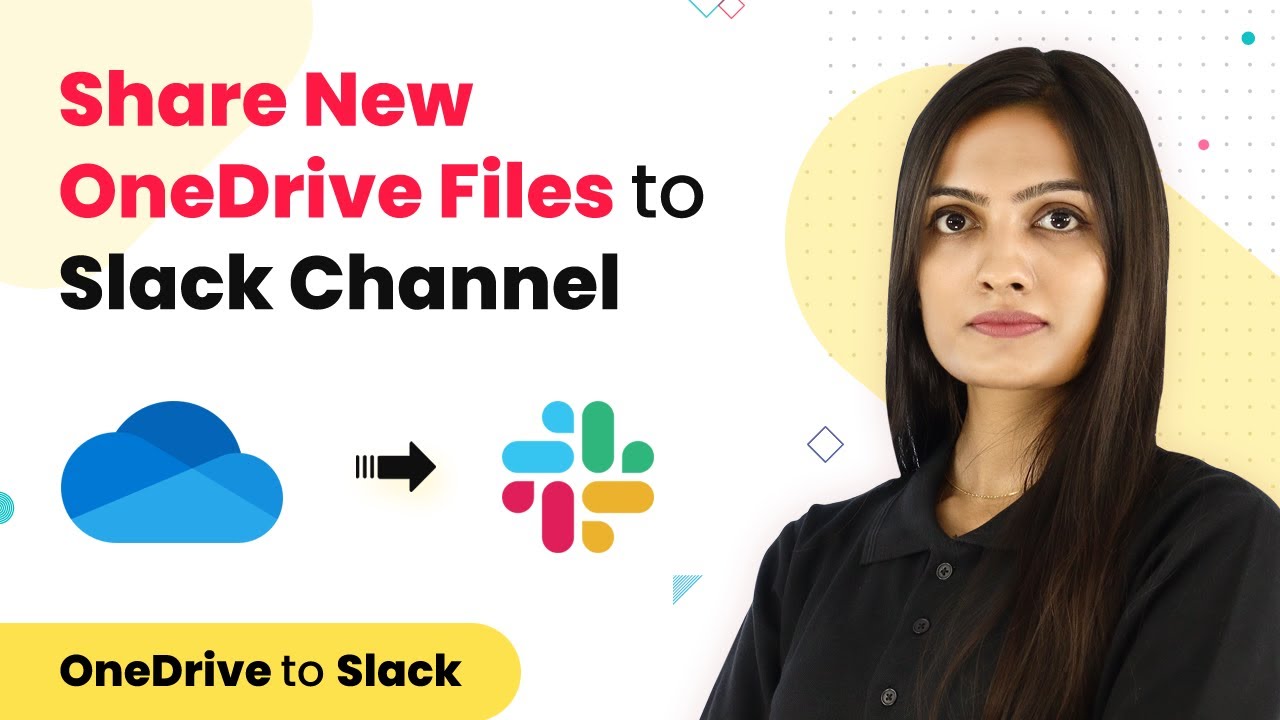Learn how to set up notifications for new file uploads to OneDrive using Pabbly Connect, Gmail, and Twilio in this step-by-step tutorial. Build sophisticated automated workflows in less time than you think. This guide translates complex integrations into straightforward steps for immediate implementation.
Watch Step By Step Video Tutorial Below
1. Accessing Pabbly Connect for Integration
To begin the process of integrating notifications for new file uploads to OneDrive, first access Pabbly Connect. Open your browser and navigate to Pabbly.com. Once there, click on ‘Products’ and select ‘Connect’ to reach the integration platform.
Next, sign in to your Pabbly Connect account. If you do not have an account yet, you can create one in just a few minutes. After signing in, click on ‘Access Now’ to enter the Pabbly Connect dashboard and start creating your workflow.
2. Creating Your Workflow in Pabbly Connect
Within the Pabbly Connect dashboard, click on ‘Create Workflow’ to start setting up your automation. You will need to name your workflow; for this example, name it ‘OneDrive to Gmail and Twilio’. Click on ‘Create’ to proceed. using Pabbly Connect
- Select ‘Microsoft OneDrive’ as your trigger application.
- Choose the trigger event as ‘New File’.
- Click on ‘Connect’ to start linking your OneDrive account.
Once connected, specify the folder path in OneDrive where the new files will be uploaded. This is crucial as it determines when the trigger will activate. After entering the folder path, click on ‘Save’ and then ‘Send Test Request’ to ensure everything is functioning correctly.
3. Setting Up Email Notifications with Gmail
After successfully connecting OneDrive to Pabbly Connect, the next step is to set up email notifications through Gmail. Choose Gmail as your action application and select the action event as ‘Send Email with Plain Text’.
To connect your Gmail account, click on ‘Connect’ and authorize Pabbly Connect to access your Gmail account. Once authorized, fill in the required fields such as recipient name, email, subject, and message body. You can map the file name and created date from the OneDrive trigger to personalize the email content.
- Recipient Name: Enter the name of the person receiving the email.
- Email Subject: Use a subject like ‘New File Uploaded’.
- Email Body: Include a message about the new file upload.
Once you have filled out the email details, click on ‘Save’ and then ‘Send Test Request’ to confirm that the email notification is sent successfully.
4. Sending SMS Notifications with Twilio
The final step is to set up SMS notifications using Twilio. Click on the plus button to add another action window and select Twilio as the application. Choose the action event as ‘Send SMS Message’.
Connect your Twilio account to Pabbly Connect by entering your Account SID and Auth Token, which you can find in your Twilio dashboard. Once connected, fill in the SMS details such as the sender’s number (from Twilio) and the recipient’s number.
SMS Body: Write a message like ‘Hello, a new file has been uploaded!’. File Name: Map the file name from the OneDrive trigger. Recipient Number: Enter the phone number to receive the SMS.
After filling in the necessary fields, click on ‘Save’ and ‘Send Test Request’ to verify that the SMS notification is sent successfully.
5. Verifying Notifications in Gmail and Twilio
After setting up both email and SMS notifications, it’s essential to verify that everything is working correctly. Check your Gmail inbox to see if the email notification has arrived. You should see the email with the subject ‘New File Uploaded’ and the content you specified.
Next, log into your Twilio account and check the messaging section to confirm that the SMS has been sent. You should see the message with the details of the new file upload. This ensures that your integration using Pabbly Connect is functioning as intended.
To summarize, you have successfully integrated OneDrive with Gmail and Twilio through Pabbly Connect. This automation allows you to receive immediate notifications whenever a new file is uploaded, enhancing your workflow efficiency.
Conclusion
In this tutorial, we explored how to use Pabbly Connect to set up notifications for new file uploads to OneDrive. By integrating Gmail and Twilio, you can receive instant email and SMS alerts, improving your productivity.
Ensure you check out Pabbly Connect to create business automation workflows and reduce manual tasks. Pabbly Connect currently offer integration with 2,000+ applications.
- Check out Pabbly Connect – Automate your business workflows effortlessly!
- Sign Up Free – Start your journey with ease!
- 10,000+ Video Tutorials – Learn step by step!
- Join Pabbly Facebook Group – Connect with 21,000+ like minded people!
